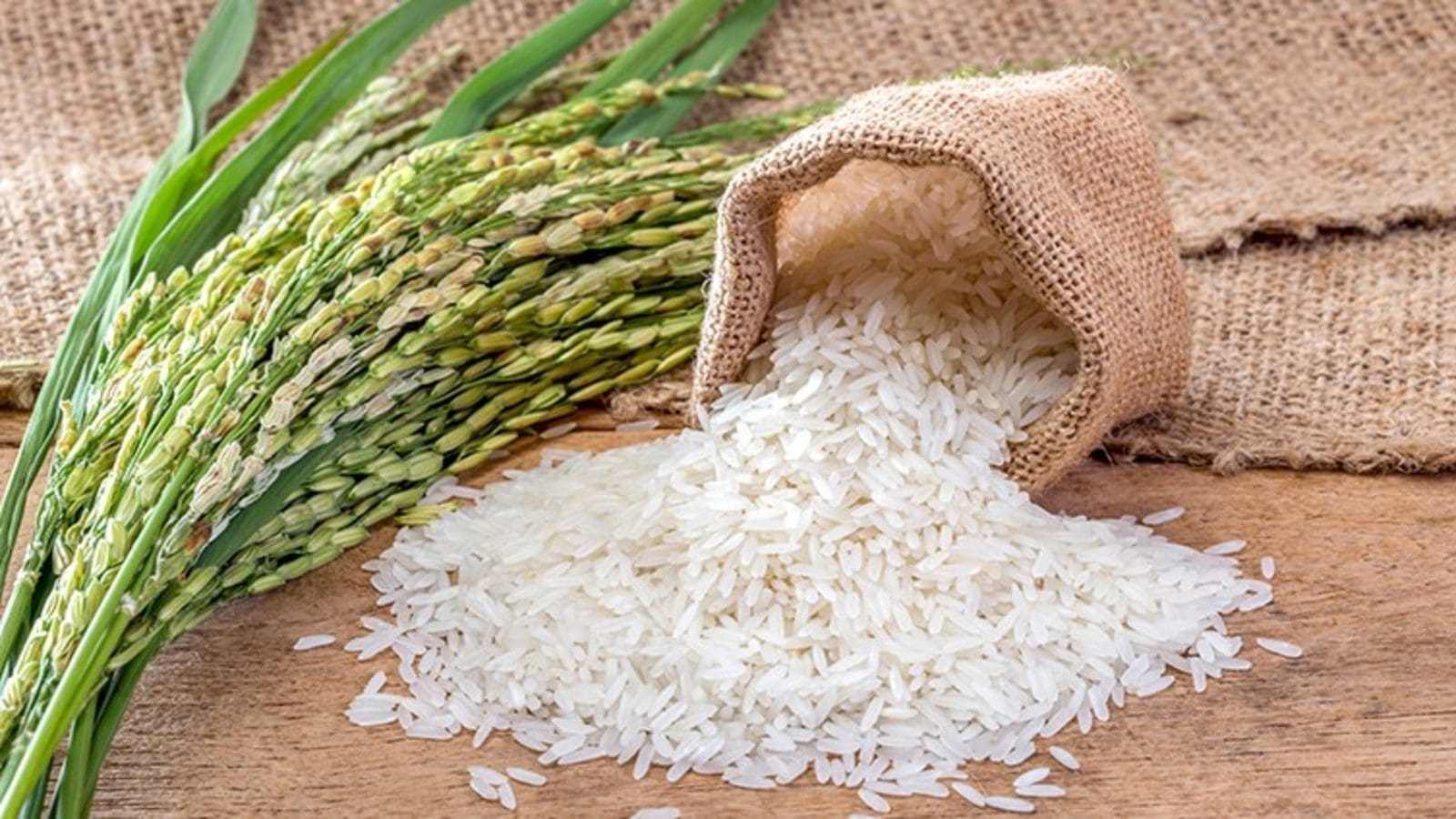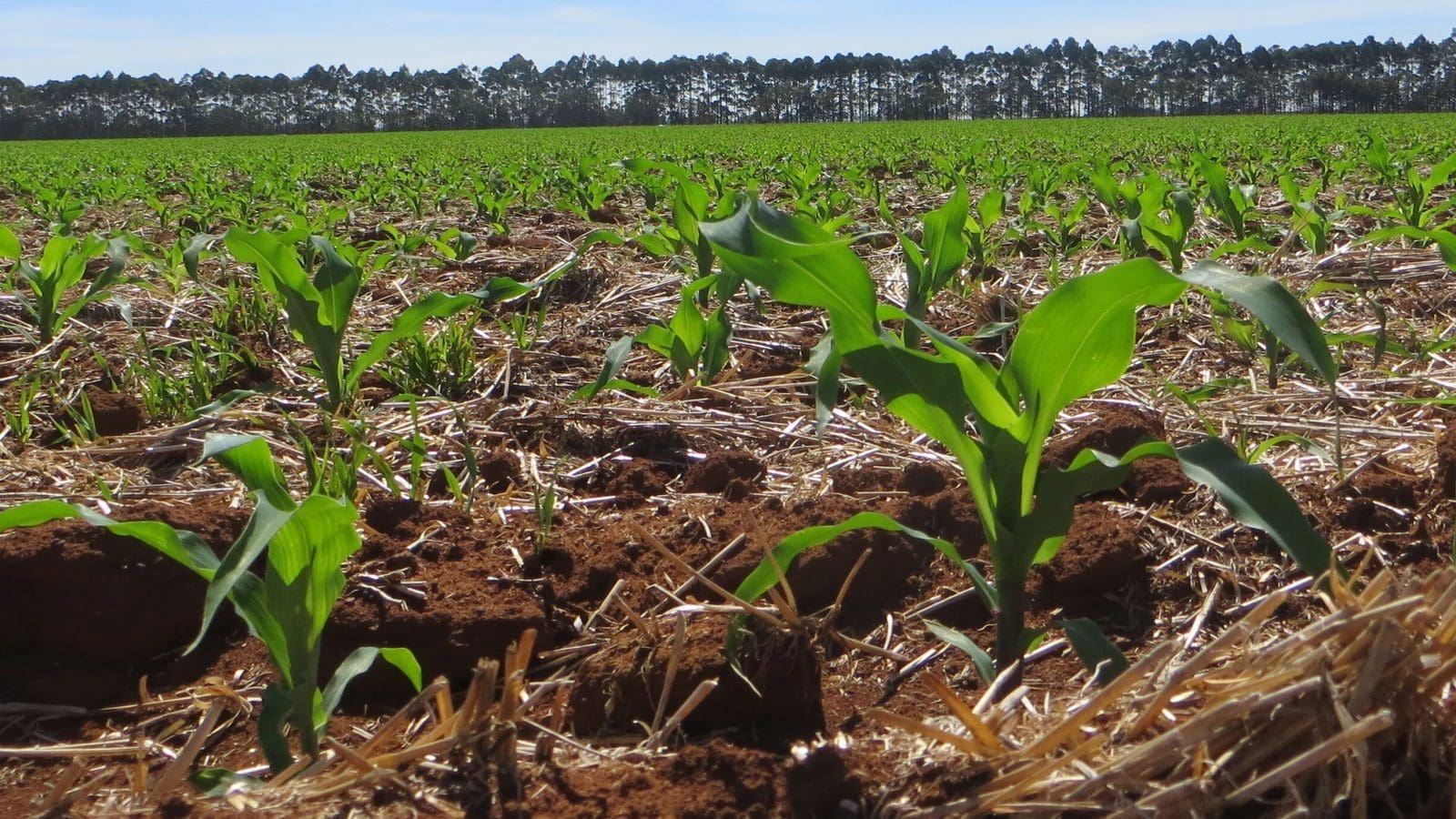GLOBAL – The Future Market Insights (FMI) outlook 2023-2033 forecasts the global rice mill machine market to grow at a slow and steady CAGR of 4.0% while the market valuation is projected to increase from US$ 192.1 million in 2023 to US$ 284.4 million by 2033.
Rice mill machines are used to process raw rice into white rice. They are also used to remove chaff, husk, and bran from the rice for ensuring the removal of impurities.
According to the survey, the market is poised to be driven by the increasing demand for rice and the growing need for efficient production.
Estimates suggest that rice consumption accounts for over 16% of the world’s calorie intake. Also, 3.5 billion of the world’s population are estimated to consume rice as a staple food and the number is expected to rise by around 25% by 2050.
From 2023 to 2033, FMI expects rice production to increase to meet growing demand hence the probability to generate more rice mill machine sales.
For content, FMI highlights that between 2017-2022, the global rice mill machine market was estimated to register a sluggish 2.6% CAGR therefore the anticipated 4.0% CAGR indicates a marginal acceleration in market expansion.
Change in consumption patterns threaten growth
However, the outlook foresees changes in consumption patterns in several countries that might reduce rice consumption.
For instance, in Japan, Vietnam, and Indonesia, rice is an integral part of the traditional staple diet but the younger generations across these countries are turning to other diets based on individual preferences driven by growing exposure to international cuisines, threatening rice consumption in the future.
In the United States, rice milling machine sales are forecast to decline following the country’s rice production decrease, a trend that seems to continue hence the country focusing on increasing rice imports to meet its consumption demands.
Africa, the new growth frontier
However, in African countries, greater accessibility and affordability of rice are contributing to increasing rice consumption.
Projections indicate that consumption of milled rice in Africa is set to reach a whopping 34.9 million tons by 2025.
In addition, rice cultivation is an economic venture with almost 20% of the global population earning a living through rice production.
According to the outlook, the major setback is in recent years, where accelerating climate change has had adverse effects on rice production as harsh temperatures, floods, and draughts have wreaked havoc on crops during growing seasons.
In addition, rice production has also come under the scrutiny of climate change activists, as the activity is known for its high-water consumption and CO2 emissions.
However, FMI predicts greater adoption of efficient rice mill machines to lower the carbon footprint of the rice production sector.
For all the latest food industry news from Africa and the World, subscribe to our NEWSLETTER, follow us on Twitter and LinkedIn, like us on Facebook and subscribe to our YouTube channel










